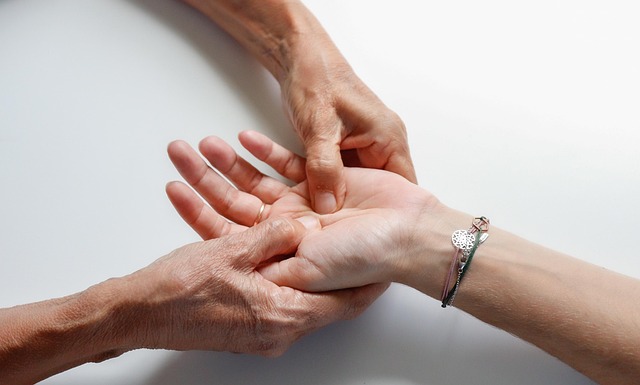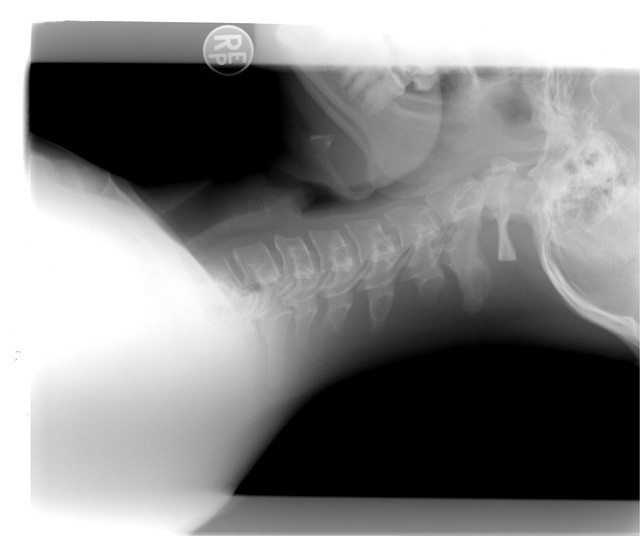In 2012, a study conducted at a university-based setting in Dallas-Fort Worth has shed light on the potential role of cytokines in the osteopathic manual treatment (OMT) of patients suffering from chronic low back pain (LBP). The research, led by John C. Licciardone and his team, delved into the associations between cytokine concentrations and key osteopathic lesions, as well as the clinical outcomes in patients with nonspecific chronic LBP.
The study, a substudy nested within a randomized controlled trial of OMT, involved 70 adult patients who were evaluated for baseline concentrations of interleukin (IL)-1β, IL-6, IL-8, IL-10, and tumor necrosis factor (TNF)-α. Researchers aimed to uncover correlations between these cytokine levels and clinical measures such as the number of osteopathic lesions, LBP severity, back-specific functioning, and general health.
At baseline, the study found that concentrations of IL-1β (ρ = 0.33; P = .005) and IL-6 (ρ = 0.32; P = .006) were significantly correlated with the number of key osteopathic lesions. Furthermore, IL-6 was also correlated with LBP severity (ρ = 0.28; P = .02), suggesting a potential link between this cytokine and pain intensity in chronic LBP patients.
A pivotal finding emerged at the 12-week mark: patients who received OMT exhibited a significantly greater reduction in TNF-α concentration compared to those who received sham OMT (Mann-Whitney U = 251.5; P = .03). This reduction in TNF-α was associated with notable clinical improvements. Patients who achieved moderate and substantial improvements in LBP, as well as those who showed better back-specific functioning, demonstrated significant reductions in TNF-α concentrations, underscoring a possible mechanism through which OMT exerts its effects.
Despite these insights, the study found discordant results, particularly with IL-1β and IL-6, which did not show significant changes after OMT. This discrepancy highlights the complexity of the underlying mechanisms of OMT and the need for further research to fully understand its impact on cytokine concentrations and chronic LBP.
In conclusion, the study presents compelling evidence of the association between certain cytokines and osteopathic lesions, as well as the potential therapeutic effect of OMT in reducing TNF-α levels and improving clinical outcomes for patients with chronic LBP. However, the varied results call for additional investigations to clarify the biological pathways involved in OMT’s efficacy.
Reference: Licciardone, J. C., Kearns, C. M., Hodge, L. M., & Bergamini, M. V. (2012). Associations of cytokine concentrations with key osteopathic lesions and clinical outcomes in patients with nonspecific chronic low back pain: results from the OSTEOPATHIC Trial. Journal of Osteopathic Medicine, 112(9), 596-605.




